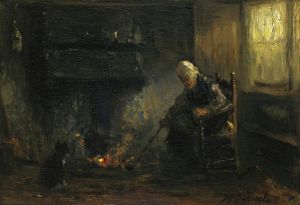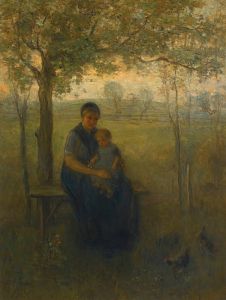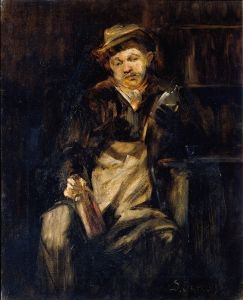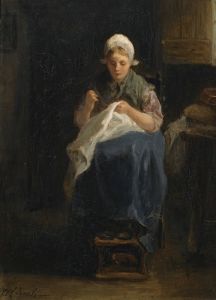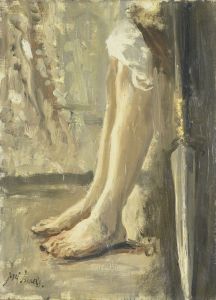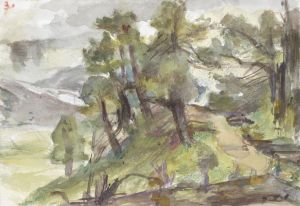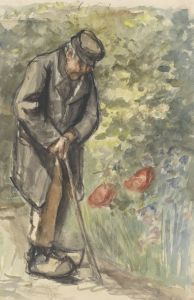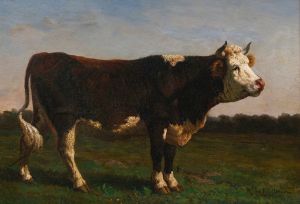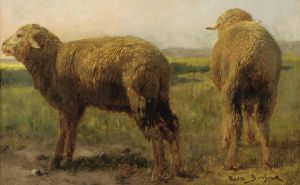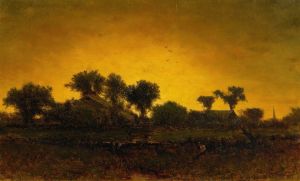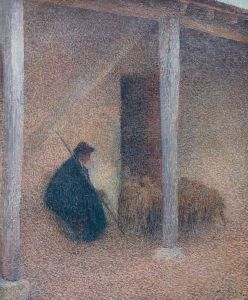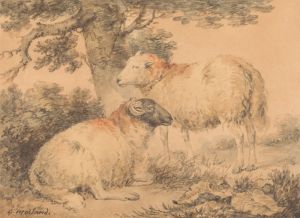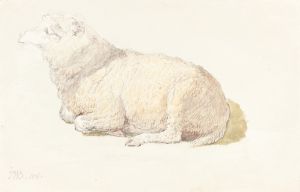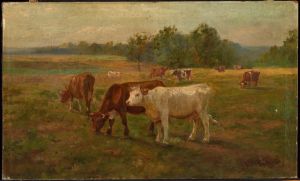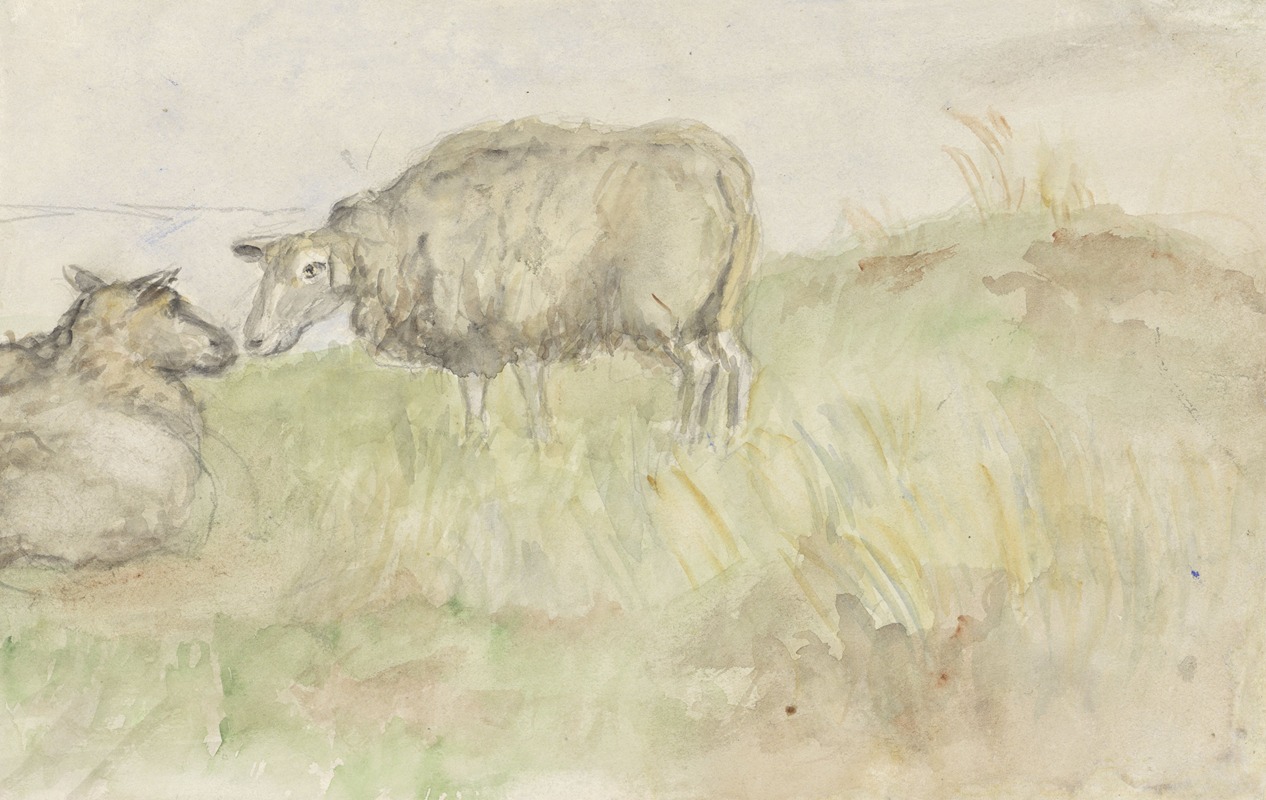
Twee schapen
A hand-painted replica of Jozef Israëls’s masterpiece Twee schapen, meticulously crafted by professional artists to capture the true essence of the original. Each piece is created with museum-quality canvas and rare mineral pigments, carefully painted by experienced artists with delicate brushstrokes and rich, layered colors to perfectly recreate the texture of the original artwork. Unlike machine-printed reproductions, this hand-painted version brings the painting to life, infused with the artist’s emotions and skill in every stroke. Whether for personal collection or home decoration, it instantly elevates the artistic atmosphere of any space.
Jozef Israëls, a prominent Dutch painter of the 19th century, is widely recognized as one of the leading figures of the Hague School, a group of artists known for their realistic and often somber depictions of rural life and the working class. Among his many works, "Twee schapen" (translated as "Two Sheep") is a painting that exemplifies his ability to capture the quiet dignity of simple, pastoral scenes.
"Twee schapen" portrays two sheep in a natural setting, rendered with a soft, muted palette that reflects Israëls' characteristic style. The painting demonstrates his mastery of light and texture, with careful attention given to the woolly coats of the sheep and the surrounding environment. The composition is simple yet evocative, focusing on the animals in a way that conveys a sense of tranquility and connection to nature.
Jozef Israëls was deeply influenced by the French Realist movement, particularly the works of Jean-François Millet, who similarly depicted rural subjects with empathy and respect. Israëls' works often highlight themes of humility and the quiet resilience of everyday life, and "Twee schapen" fits within this broader context of his artistic vision.
The exact date of creation for "Twee schapen" is not widely documented, but it is consistent with Israëls' body of work from the latter half of the 19th century. During this period, he gained international acclaim for his poignant and realistic portrayals of rural and working-class life, earning him comparisons to Rembrandt for his use of light and shadow.
While "Twee schapen" is not among Israëls' most famous works, it reflects his ability to find beauty and meaning in ordinary subjects. The painting is an example of his dedication to portraying the natural world with sensitivity and realism, qualities that have secured his place as one of the most respected Dutch painters of his era.
Further details about the painting's current location or provenance are not readily available in public records. However, Jozef Israëls' works can be found in major museums and collections worldwide, including the Rijksmuseum in Amsterdam and the Van Gogh Museum, which house some of his most celebrated pieces.
In summary, "Twee schapen" is a testament to Jozef Israëls' skill as a painter and his commitment to depicting the quiet beauty of rural life. Through its simplicity and attention to detail, the painting continues to resonate with viewers as a reflection of the artist's deep appreciation for the natural world.





